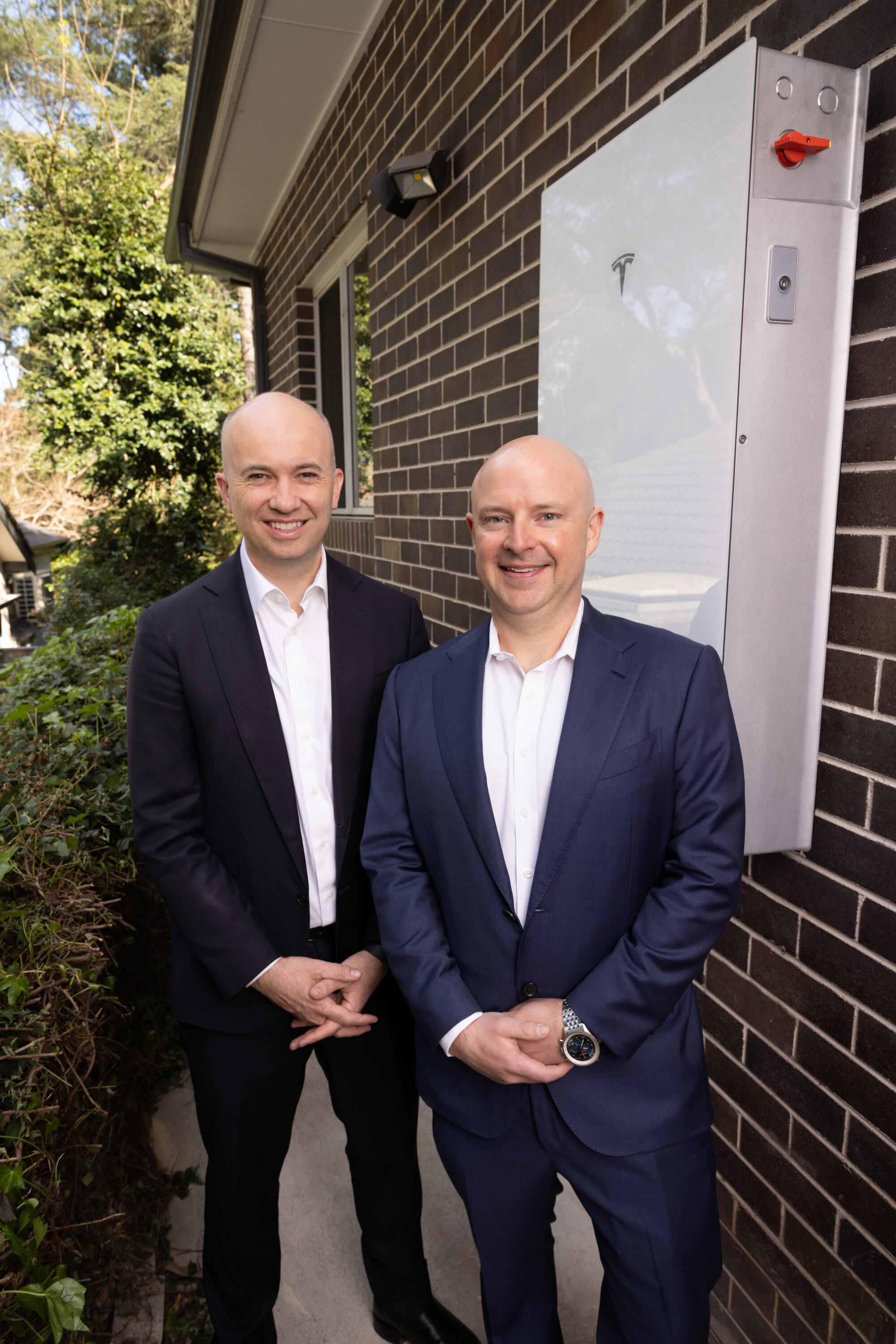Support CleanTechnica's work through a Substack subscription or on Stripe.
Last Updated on: 23rd August 2025, 01:20 am
Australia leads the world in household rooftop solar installations. Over 4 million households have solar panels. In the last 20 years, installations have become bigger and cheaper. My solar array was only 1.9 kWh and cost about AU$6000. For much less, you can now get an array 3 times the size. However, at the same time as arrays have gotten bigger and cheaper, the feed-in tariff (FIT) for solar power has become miniscule. Whereas two decades ago the FIT was around 50¢ a kWh, now you are lucky to get 8¢.
What to do with all that power in the middle of the day? The answer is a home battery. Prices on these have fallen, and there has been an increasing number of solar panels + batteries installed — but not nearly as fast as necessary to create high demand.
The Australian federal government offers its Cheaper Home Batteries subsidy. 30% off — what a bargain! AU$2.3 billion is on offer to subsidize the installation of small-scale battery systems (5 kWh–100 kWh) for households, businesses, and community organisations. Come and get it!

And have they ever. There have been 11,500 applications for the scheme in its first 3 weeks of operation. No wonder Tesla is sending me an email every second day advertising the Powerwall. Sadly, I bought a home battery several years ago and paid twice the price for out-of-date tech. The subsidy will be reviewed at least annually and “will gradually decrease until 2030, in line with reducing battery prices.” As it should.
Many households with an existing solar array are putting in batteries. According to the Melbourne Age, small-scale battery systems equivalent to South Australia’s Tesla Big Battery are being added to the grid every 8.7 days. The scheme has been in operation for about 2 months now, with Australians installing 15 MWh worth of batteries a day. A thousand batteries a day! This is five times the average in 2024. The Australian Energy Market Operator (AEMO) had predicted that this would not have been achieved even by 2035. Once again, the market is showing up professional crystal ball gazers. Is this a second revolution in home electricity?
The government expects that participating households, businesses, and community organisations will be able to “reduce electricity bills by making the most of cheap and clean solar power by storing it for when it is needed.” Not only will Australians be able to use solar to power their homes during peak hours, they may even have some excess to sell back onto the grid when the prices are high. Some are predicting a return on investment in about four years. Does this mean the end of the solar duck, or at least reduction of the solar duck? It should mean that there will be much less need for expensive gas (methane) turbines in the evening peak.
Tristan Edis, director of Green Energy Markets, makes this salient point: “You don’t need swarms of lawyers, merchant bankers, accountants, environmental planning, people, community consultation, all the things that go into building large-scale renewables. You don’t need any approvals. You don’t need any engineers; you just need your local sparky.” At the current rate of installation, within five years, Tristan hypotheses’ that there would be 10,000MW of battery capacity installed.
“That’s a big deal when you think we have 20,000MW of coal capacity [in Australia],” he adds. “[D]emand for batteries has gone nuts.”
The Australian government is reviewing its emission reduction targets out to 2035. The massive uptake of home batteries and the implications it has for the grid mean that these targets could be more “ambitious.”
“With existing state and territory action expected to deliver emissions cuts of between 66 per cent and 71 per cent by 2035, these findings show the Albanese government should be striving for a science-aligned target of 80 per cent [reductions] by 2035,” Australian Conservation Foundation CEO Kelly O’Shanassy said.
The managing director of solar consultancy SunWiz, Warwick Johnston, said that prior to the Cheaper Home Batteries scheme, four rooftop solar arrays were being installed for each battery. Now it is one for one. The Clean Energy Regulator data show that the majority of installations (40%) are in New South Wales. Queensland has 20%, South Australia 17%, and Victoria 12%. Homeowners in NSW can also claim an extra subsidy if they connect to a virtual power plant (VPP). What about encouraging all applicants for the subsidy to be part of a VPP? That would make sense. Looks like it’s covered….
“To qualify for the battery rebate, an on-grid battery system — including its inverter — must have the technical capability to participate in a VPP, giving the consumer the option to join a VPP either at installation or in the future … consumers who choose to participate will need an ongoing internet connection. Depending on the inverter model and site conditions, additional hardware or software and permissions for site controllers to access multiple battery systems may be required, and battery retailers must inform consumers about any such requirements.”

Many of my Facebook friends are installing the maximum numbers of Powerwalls allowable. I hope to bring you their stories in future articles. Like many others, they are hungry for solutions to high energy costs, and maybe they will make a little hay while the sun shines. And you never know when the next flood will come and wash away the power lines, or the next fire will burn the power poles down, or the next cyclone will blow down the high-tension towers. This is Australia, and we are in the middle of the climate crisis. It never hurts to have a battery backup.
Now, hopefully the next penny will drop. If my home battery saves me money (and doesn’t burst into flames), then it is just possible that an electric car will save me more money and will also not be flammable. After all, it is generally the same chemistry. I am hoping that this surge in home battery installations will reduce the FUD around electric vehicles and bring about a surge in the numbers of EVs on the road. Watching this massive uptake, I am wondering if it is only the price point that matters? For many Australians, the future is now more affordable and more electric.
Sign up for CleanTechnica's Weekly Substack for Zach and Scott's in-depth analyses and high level summaries, sign up for our daily newsletter, and follow us on Google News!

Have a tip for CleanTechnica? Want to advertise? Want to suggest a guest for our CleanTech Talk podcast? Contact us here.
Sign up for our daily newsletter for 15 new cleantech stories a day. Or sign up for our weekly one on top stories of the week if daily is too frequent.
CleanTechnica uses affiliate links. See our policy here.
CleanTechnica's Comment Policy

